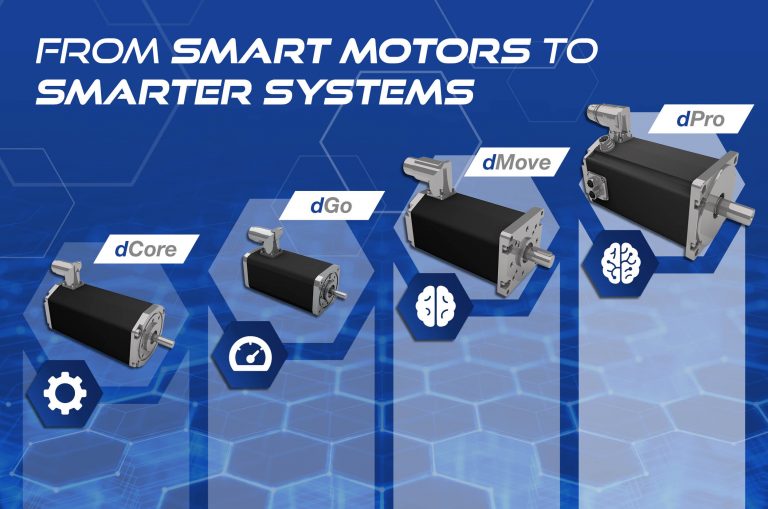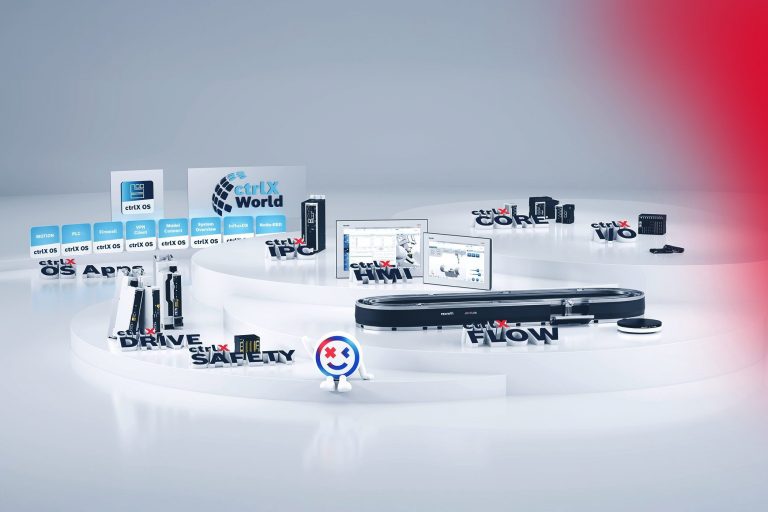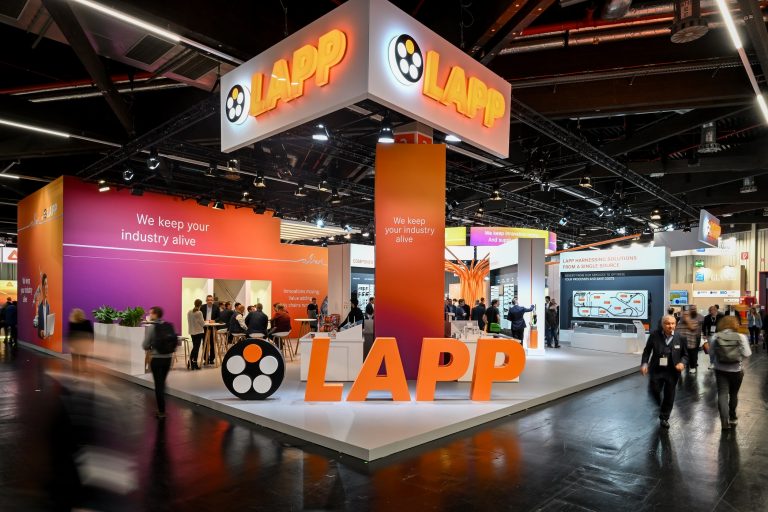The umati booth at the SPS – Smart Production Solutions trade fair (Hall 5, Booth 238) becomes a showcase for the future of industrial connectivity.
Two practical demonstrators illustrate how the established communication standard OPC UA enables real-world solutions for cross-company data spaces and “Plug & Produce” scenarios. Interoperability is no longer a promise for the future—it is a reality, and a prerequisite for digital business models.
From the Shop Floor to the Data Space: OPC UA Makes It Possible
The development of international data spaces is progressing rapidly, supported by initiatives such as SM4RTENANCE and Factory-X. Architectures such as the MX-Port configuration Orion link open standards like OPC UA and the Data Space Protocol (DSP), enabling the sharing of live shop-floor data via a data space.
umati builds on these developments and uses a demonstrator to show how companies—no matter where they are located—can connect their machines to data spaces by using standardized information models, the OPC UA Companion Specifications. They benefit from use cases such as energy monitoring or real-time Product Carbon Footprint (PCF) calculation. The takeaway is clear: OPC UA Companion Specifications, as standardized information models, provide the interpretability needed for true data interoperability.
“Plug & Produce” in Weighing Technology
In collaboration with Systec, Siemens, and Mettler Toledo, a second demonstrator showcases the capabilities of OPC UA Companion Specifications in the field of weighing technology. Standardized interfaces enable vendor-independent provision of measurement data and minimize integration time—an essential step toward “Plug & Produce” production environments.
The solution demonstrates how shared standards simplify the integration of new devices and increase digital continuity across manufacturing processes. This is a key cornerstone of the intelligent factory.
Interoperability as a Key to Digital Transformation
The new VDMA study “Interoperability in Mechanical and Plant Engineering” underscores the relevance of the solutions presented. It clearly shows that OPC UA has arrived in industrial practice:
- 57% of surveyed companies already use the standard in production,
- only 8% have no plans to adopt it,
- and around half of all new products are already OPC UA-capable.
This marks a clear shift from pilot projects to broad implementation. Moreover, 60% of companies integrate OPC UA at the explicit request of customers, while 40% do so proactively to align with future market requirements. Interoperability is therefore not just a technical concept—it is a strategic success factor for the machinery and equipment sector.
Visit umati at SPS and experience the future of industrial connectivity live.






